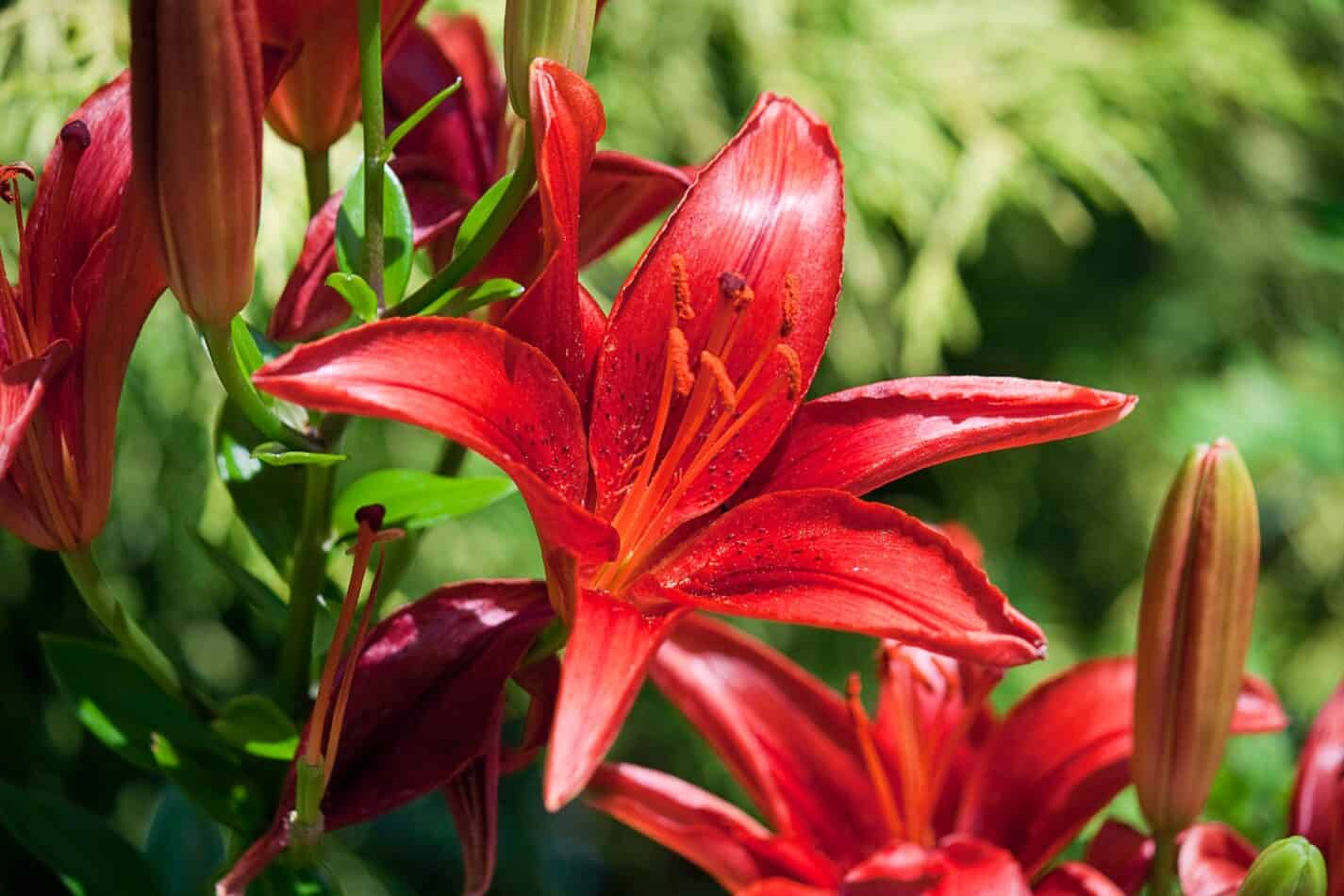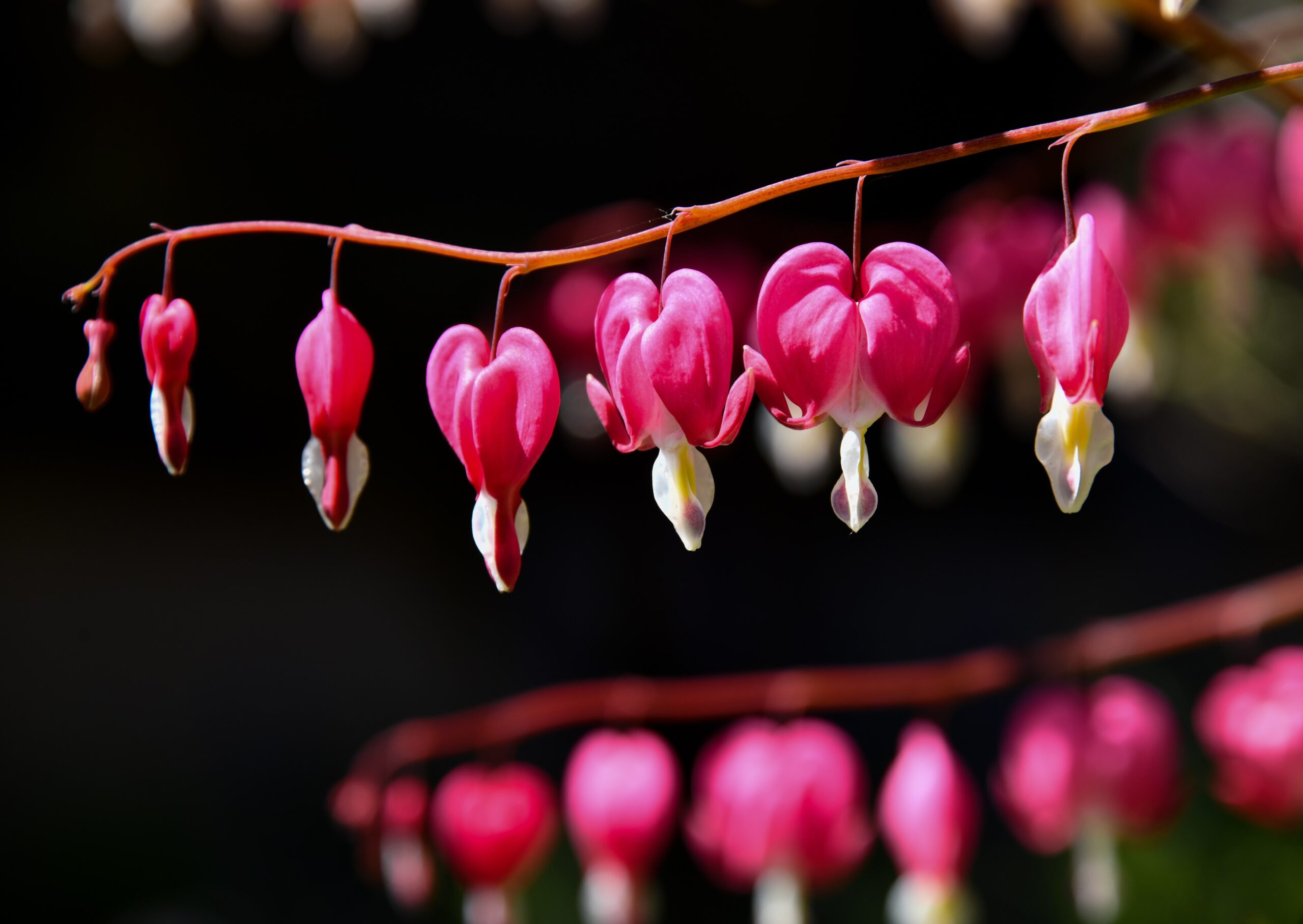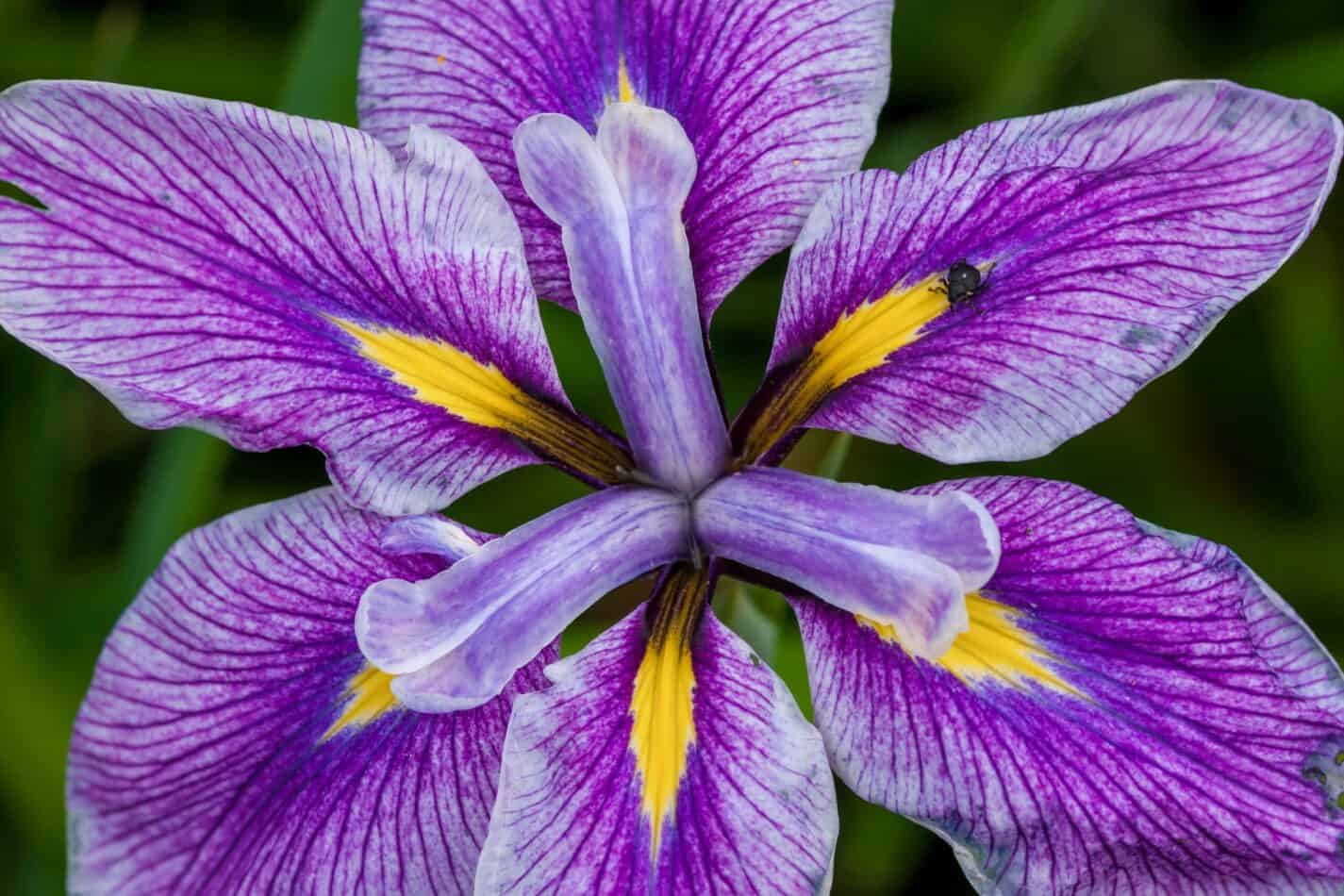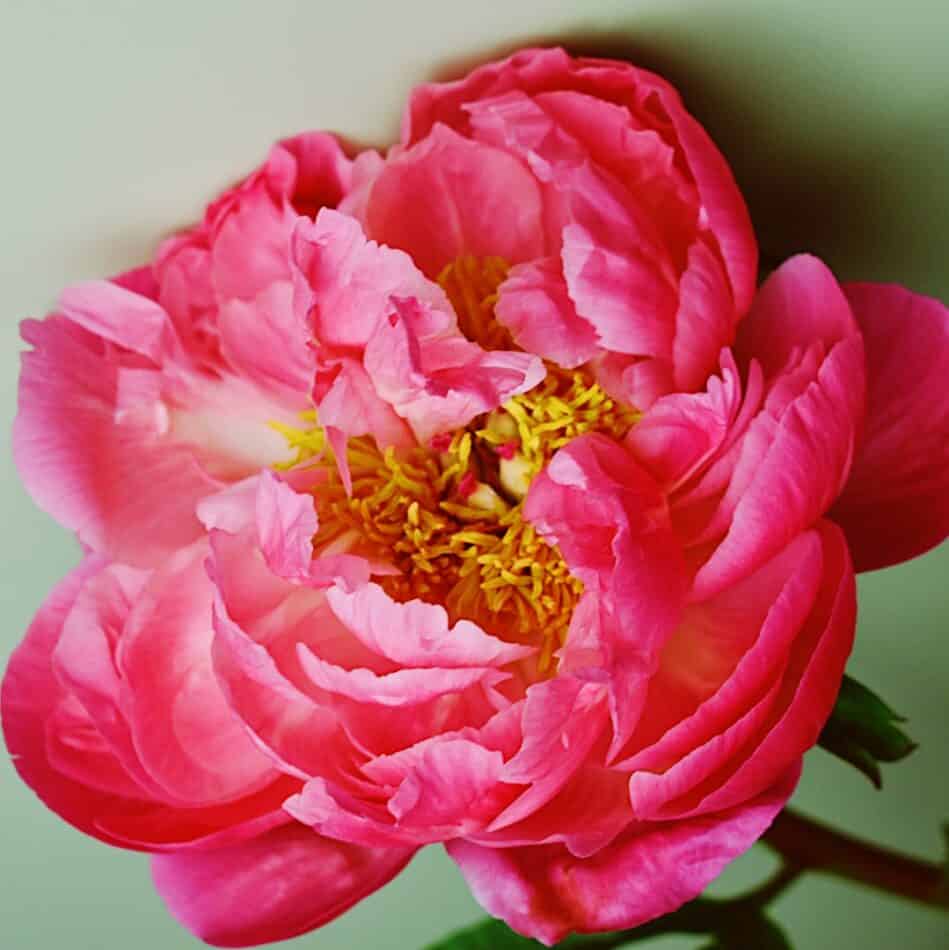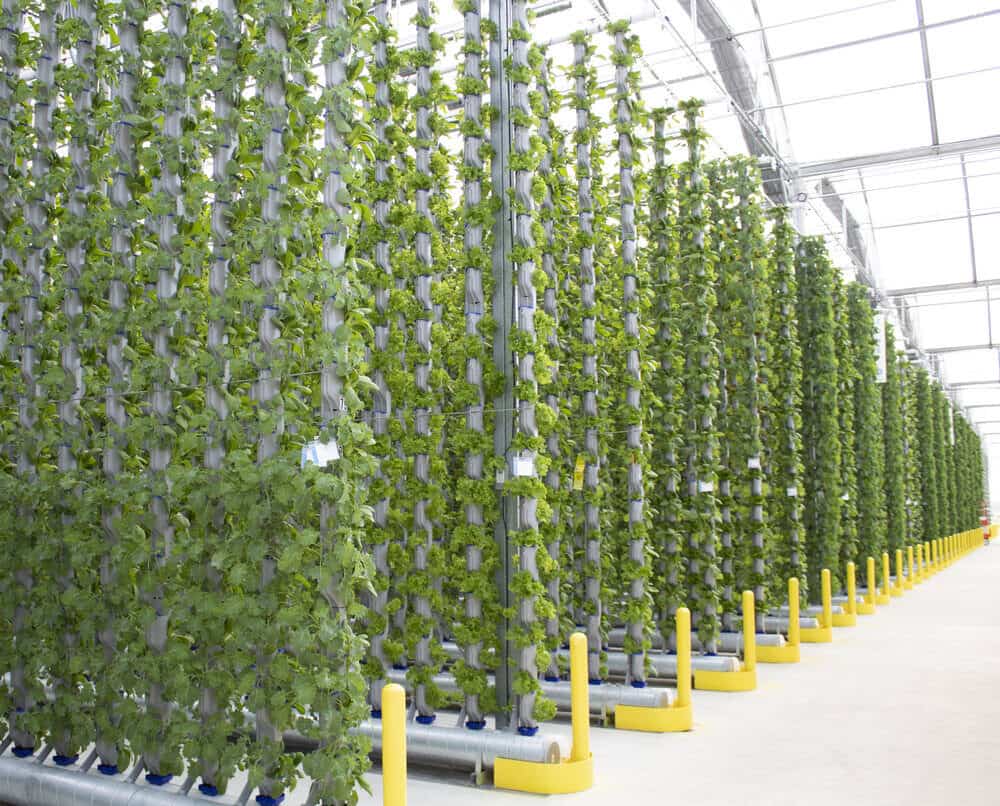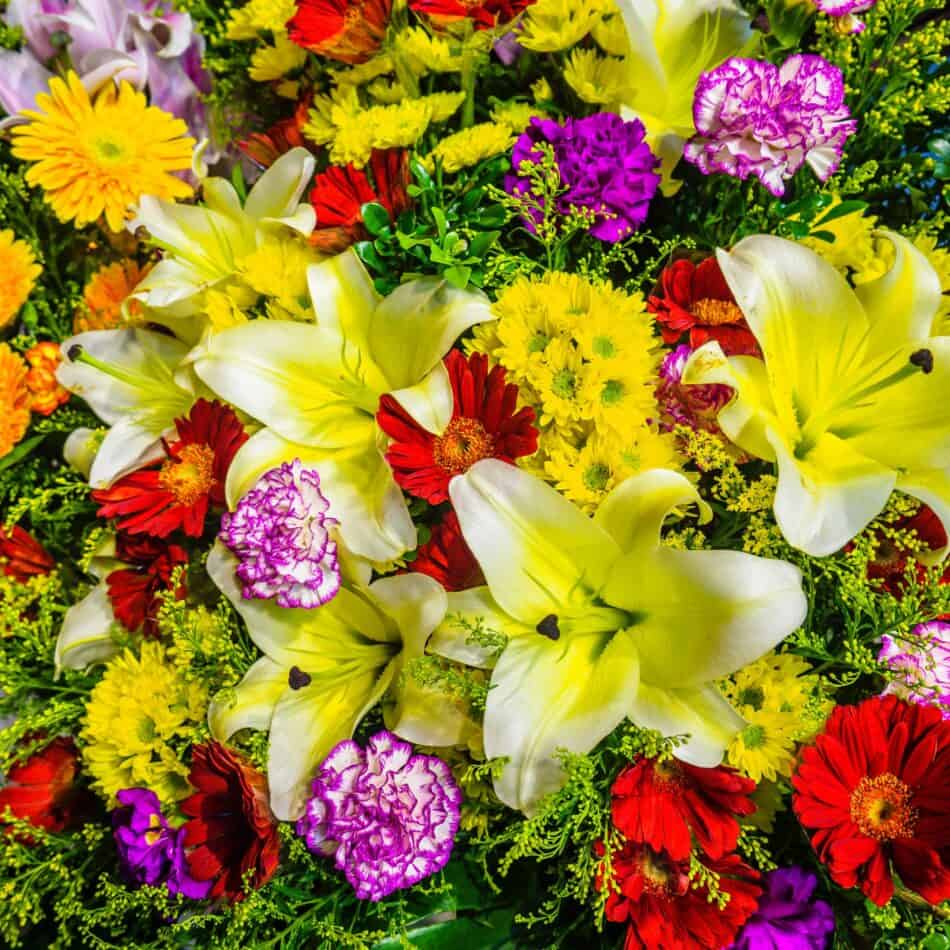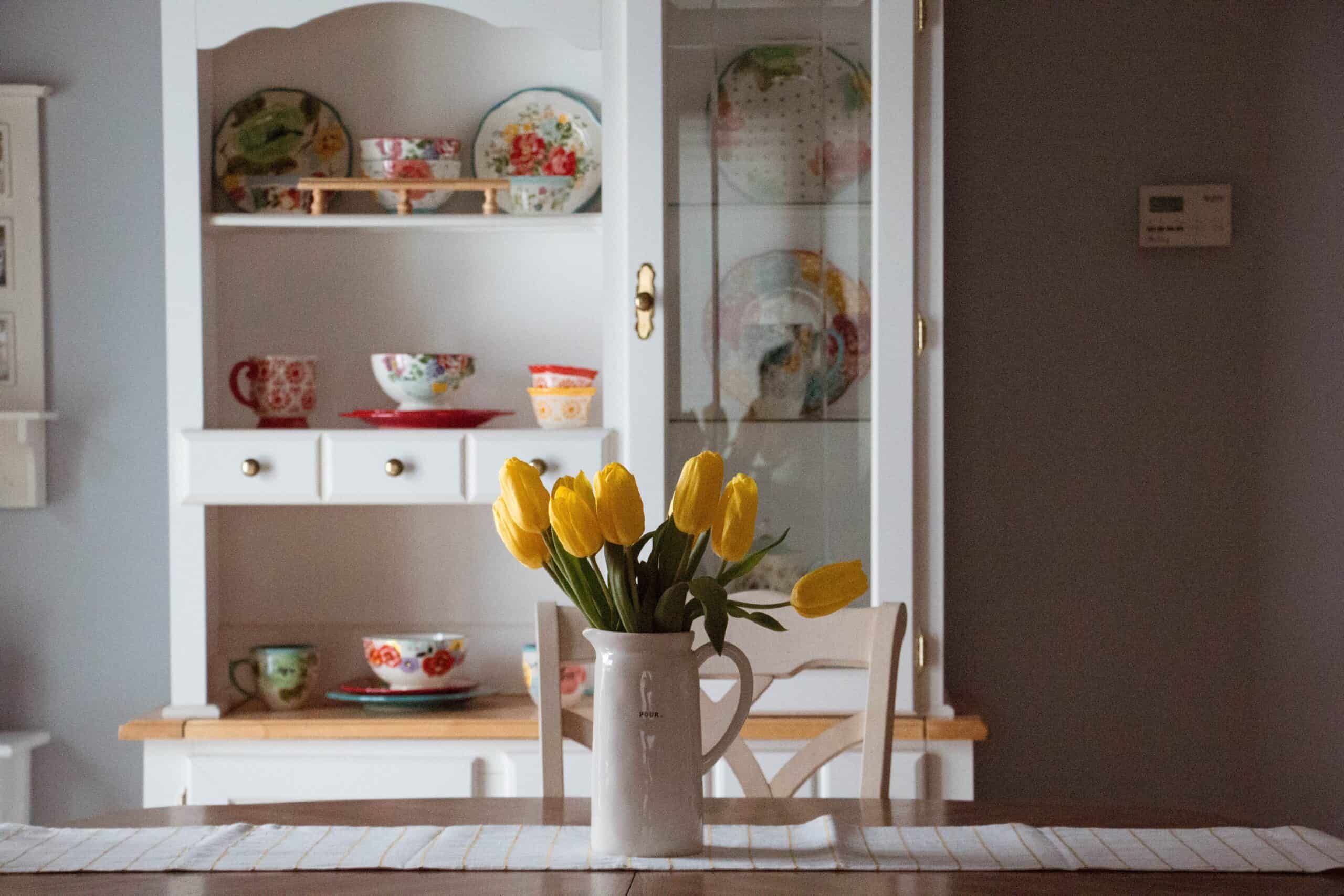When it comes to adding color and variety to your garden, planting perennial flowers is a no-brainer. They’re colorful, easy to grow, keep coming back for more, and they can be the showpiece of any landscaping project. Whether it’s ornamental grasses, flower arrangements, or border plants, we found a wide variety of favorite plants to suit your need.
When planting perennials in your garden, take into consideration the bloom time, which is the bloom season in which your selected plants will flourish. Some perennial plants bloom in mid – summer/ late summer, and others in late winter. So, when do you want your vibrant blooms to appear?
Another important consideration is the color of the flowers. Would you like to add a touch of indigo blue, or would you prefer to contrast the dark green foliage with shades of pink?
We found the 25 best Perennial plants that will bloom every year and make your garden look amazing!
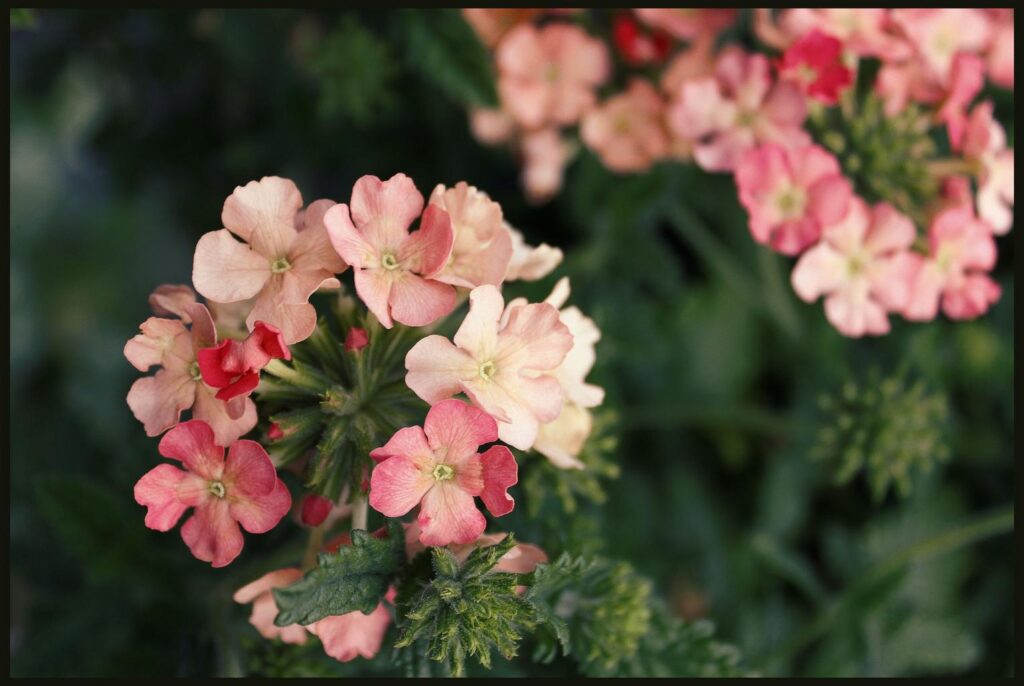
Perennials Definition
Technically, a perennial is any plant that grows for more than two years, including shrubs and trees. But when it comes to gardening, the term is more commonly used to refer to plants with little or no woody growth – tiny flowering plants – that, once planted, reappear in your garden over many years. (As opposed to annuals and biennials that need to be replanted every year or two years). Perennials are plants that live for at least two years in one location. They have roots, stems, leaves, and flowers from the same plant. The term “perennial” means long-lasting or lasting over an extended period.
In addition to being beautiful, perennials add interest and texture to your landscape. You’ll find them growing naturally along streams, roadsides, and other areas where you’d expect to see grasses and wildflowers.
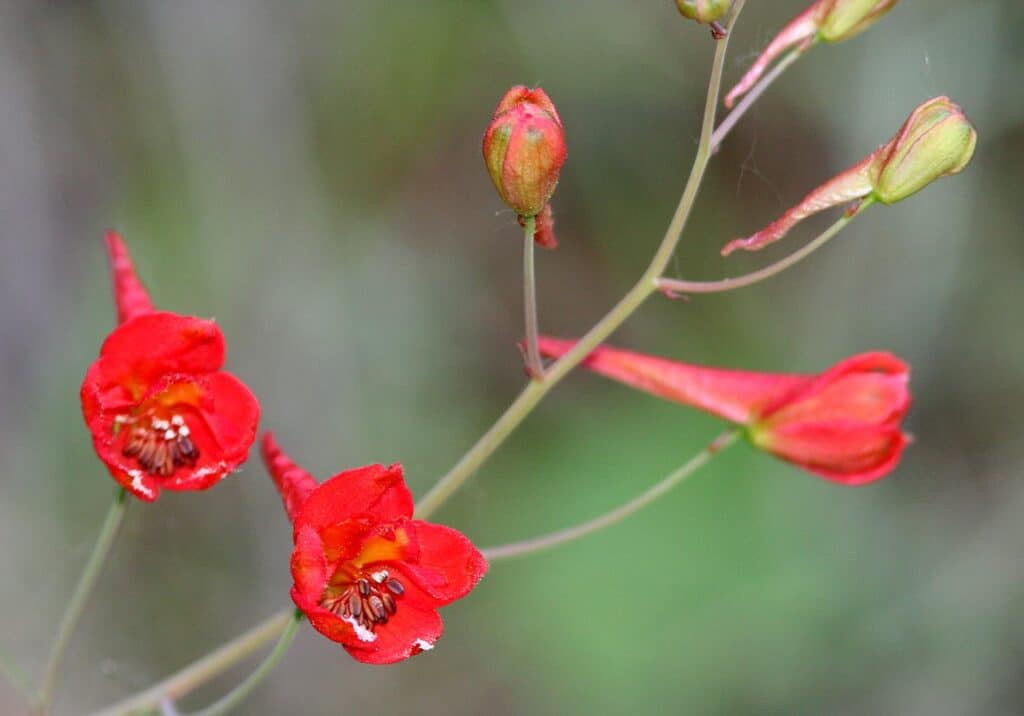 25 Best Perennial Plants that Will Bloom Every Year
25 Best Perennial Plants that Will Bloom Every Year
- Amsonia
This low-growing perennial is perfect for shady gardens. Amsonia is a sunflower family member and native to eastern Asia. This plant produces beautiful flowers that look like yellow dandelions. Amsonia is very drought tolerant and does well in full sun. It is also deer resistant.
- Astrantia
The starry white flowers of Astrantia are reminiscent of stars. These beautiful flowers are popular among florists because they are so fragrant. Astrantia is a hardy perennial that is native to Europe and Asia. It is best suited to moist soil conditions but tolerates dryness well. Astrantia has become increasingly popular since it was introduced into the United States in the1980s.
- Bachelor Button
This pretty perennial is a good choice for sunny spots in the garden. Bachelor button is a pea family member and native to Eurasia. Its bright pink blossoms appear in mid-spring and continue through fall. Bachelor button prefers fertile soils and needs regular watering during hot weather.
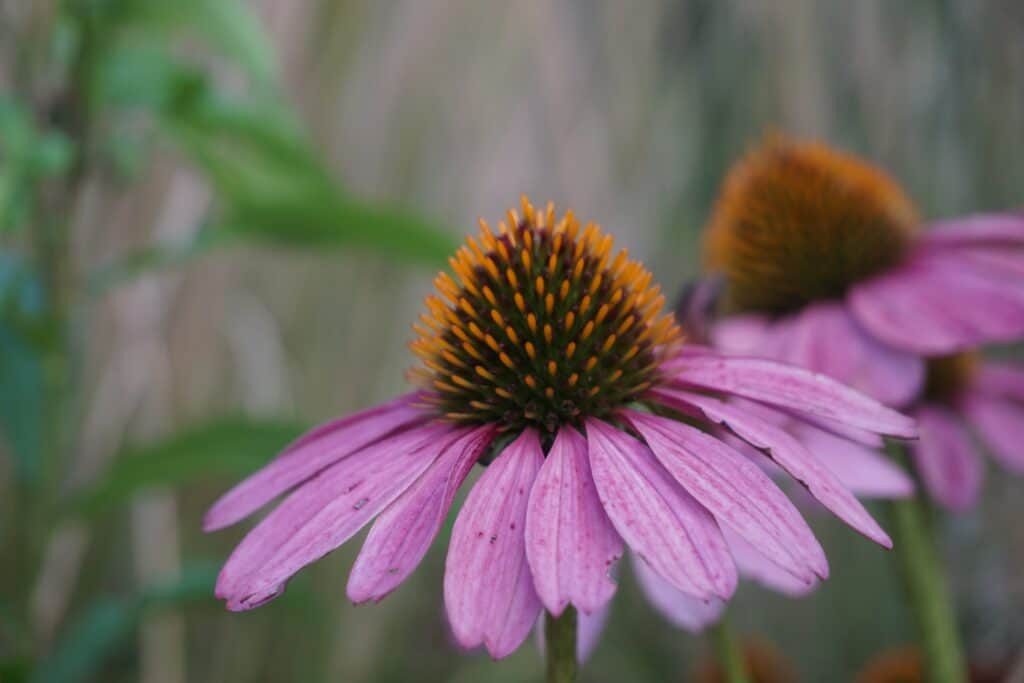
- Black-Eyed Susan
These colorful flowers will be a great addition to any garden. Be sure to purchase the perennial variety instead of the biennial plants, which will last only 24 months. Black-Eyed Susan is a hardy perennial flower native to North America. It has large daisy-like blooms that appear in late spring and early summer. Black-eyed Susans are often grown as ornamental ground covers because their foliage stays green even after the flowers fade. Some varieties have been bred specifically for this purpose. Black-eyed Susan is also known by its common name, Queen Anne’s Lace.
- Bluebells
Bluebells are a favorite among gardeners because of their beauty and ease of care. They increase and can be easily divided. Bluebells are easy to propagate from seed and make excellent cut flowers. They are native to England and Europe and thrive in most temperate climates.
- Butterfly Weed
Butterfly weed is a fast-growing perennial that is native to North America. This herbaceous perennial is a member of the mint family and is widely cultivated as an attractive border plant. Butterfly weed is exceptionally versatile and can tolerate both wet and dry conditions. It is also highly pest-resistant. It blooms in summer and autumn.
- Calamint
Calamint is a hardy perennial herb native to southern Europe. It is part of the mint family and is related to peppermint and spearmint. Calamint has tiny, delicate flowers that resemble miniature lilies. It is a fast-growing plant that can reach heights of up to 3 feet tall. Calamint is ideal for planting near paths and borders because of its attractive foliage.
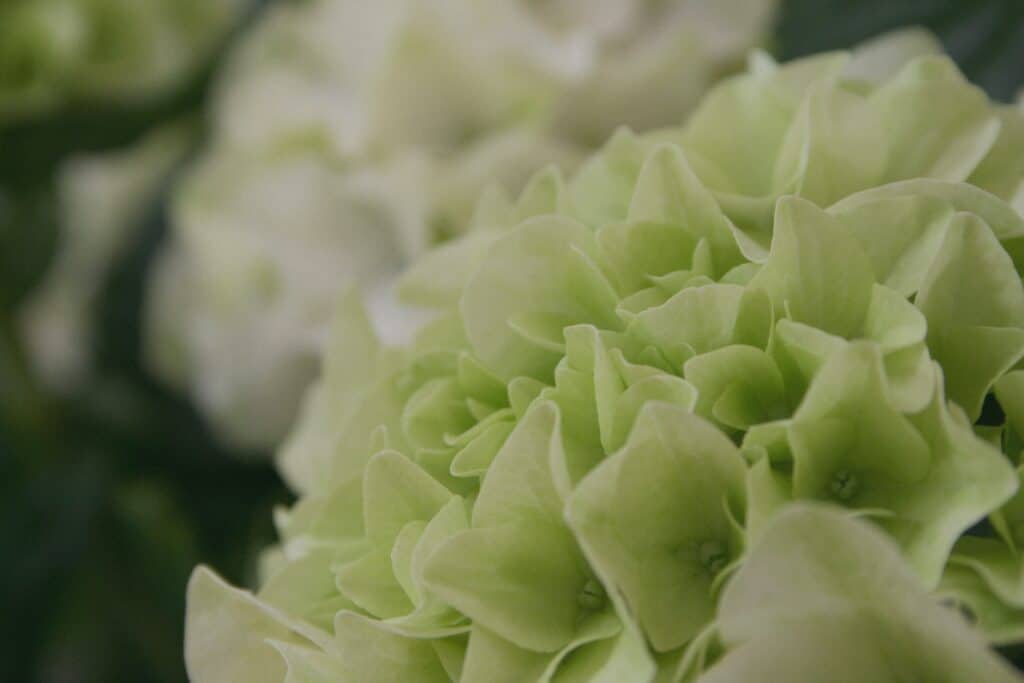
- Carnations
Carnation is a hardy perennial plant that is native to South Africa. Carnations are one of the easiest flowers to grow and are an excellent choice for beginners. The flowers come in many colors and give a lot of flower power, considering their simple upbringing. Carnations do not require much water once established.
- Chrysanthemums
Chrysanthemum is a hardy perennial with showy flowers. It is native to Japan and China and is now widely cultivated worldwide. Chrysanthemums are available in various colors, including red, pink, white, and blue. They are easy to grow and require little maintenance.
- Dianthus
Dianthus is a hardy perennial native to Europe. It is a close relative of carnations and grows similar to them. Dianthus is commonly called sweet William or pinks. It comes in a wide range of shades, including pink, red, lavender, and white. It is one of the first perennials to bloom each spring and continues to produce flowers throughout the season.
- Echinacea
Echinacea is a hardy perennial flowering plant native to North America. Echinacea is a member of the Asteraceae (sunflower) family and is closely related to coneys and coneflower. Echinacea is often used as a medicinal herb, also known as Echinacea. It is a trendy garden flower because of its large blooms, which last all summer long.
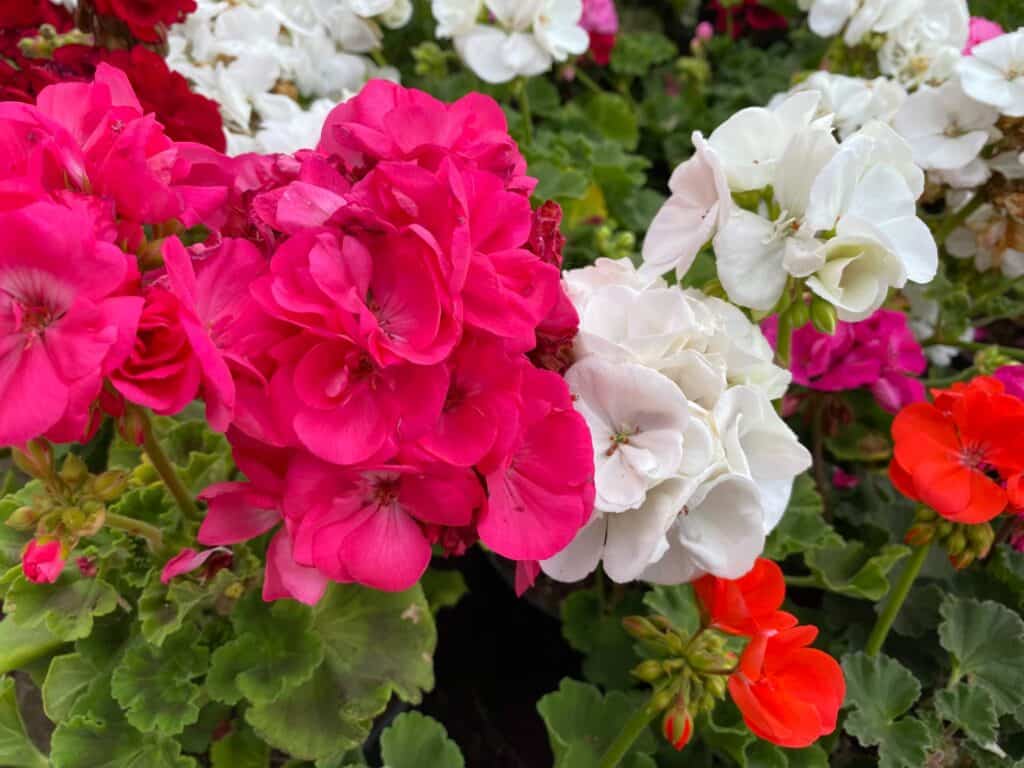
- Geranium
Geranium is a hardy perennial grown for its colorful leaves and small, daisy-like flowers. Geraniums are native to Europe and Asia and were brought to the United States by early settlers. There are hundreds of varieties of geraniums with different meaning, ranging from single-petaled types to double-flowered plants.
- Heliotrope
Heliotropes are hardy perennials that are native to Europe. They are members of the sunflower family and are related to dandelion and chicory. Heliotropes are famous for their unique flowers, which look like they were painted on the plant.
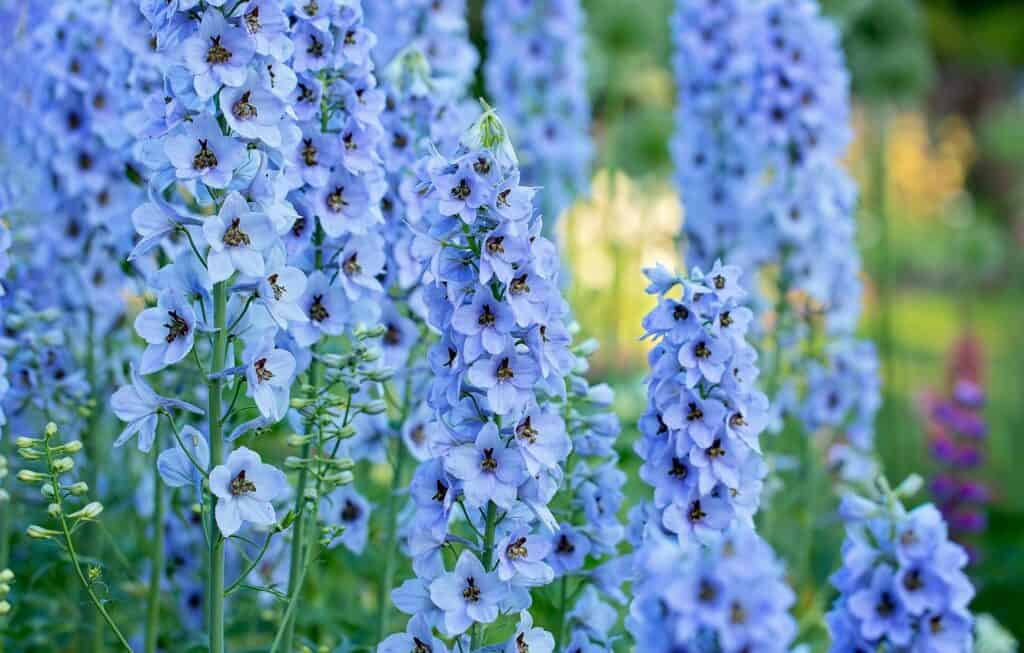
- Hostas
Hosta is a genus of about 200 species of evergreen groundcover plants native to eastern North America. Hostas are easy to grow and adapt well to different soil conditions. They usually grow in full or partial shade, such as under trees and shrubs. This evergreen perennial retains its foliage all year round.
- Larkspur
Larkspurs are a group of annuals and perennials that belong to the composite family. They are native to Eurasia and NorthAmerica. Larkspurs are easily recognized by their bright yellow flowers. Most larkspurs are biennials, but some are perennial. This beautiful plant offers a variety of hues, from pink flowers to purple flowers; there is no shortage of color choices when it comes to this plant.
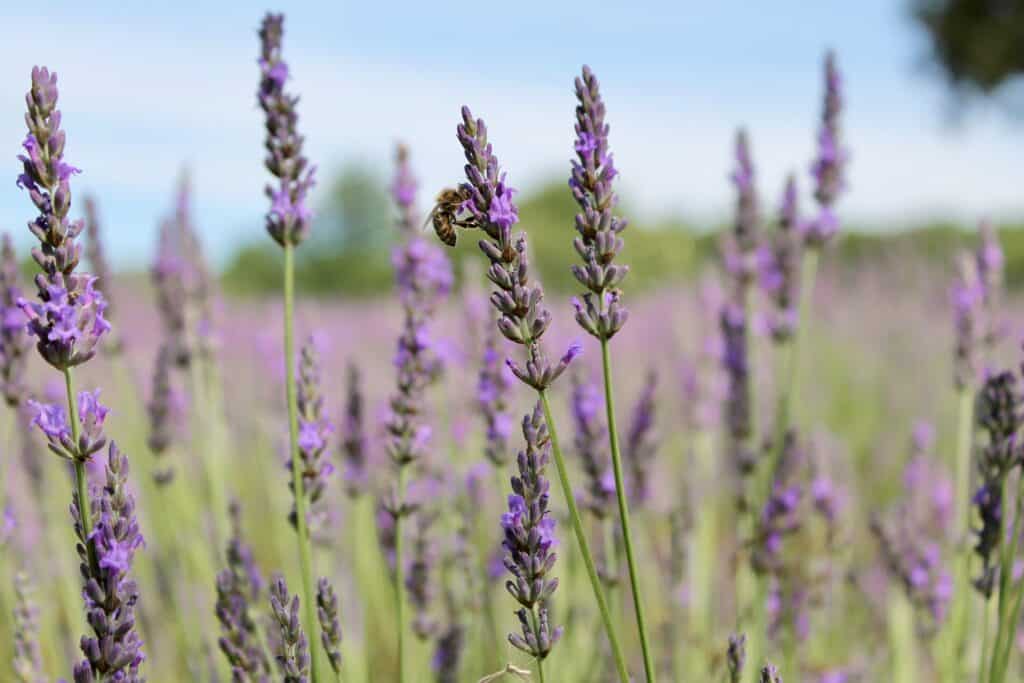
- Lavender
Lavenders are a hardy perennial with fragrant spikes of lavender flowers. Lavender is native to southern Europe and western Asia. It has been introduced into other parts of the world, where it thrives. Lavender is easy to grow and requires very little care. Lavender meaning is derived from the Latin word “lavare”, which means “to wash”.
- Liatris
Liatris is a genus of flowering grasses in the tribe Tristaeae of the subfamily Poinae. It includes more than 100 species of herbs and grasses native to temperate regions of the Northern Hemisphere. Some species are cultivated as ornamentals. Liatris blooms in late summer. These beautiful blooms attract butterflies and bees.
- Milkweed
Milkweeds are a group of perennial herbs native to temperate regions of the Northern Hemisphere. Milkweeds are among the earliest perennials to bloom in the spring. They can be found growing almost anywhere, even in urban environments. This native wildflower is easy to grow and requires little care.
- Marigolds
Marigold is a common name for several species of ornamental garden flowers. Marigolds are among the most popular flowering plants in the world, thanks to their bright colors and fragrant flowers. They are easy to grow and can be planted in almost any type of soil. Marigolds are best suited for sunny locations with plenty of sunlight.
- Nasturtium
Nasturtium is a hardy perennial that belongs to the mustard family. Nasturtiums are classic flowers that are easy to grow and do not need much attention. They are great additions to any garden because they attract butterflies and hummingbirds.
- Pansies
Pansies are easy-to-grow and hardy perennial. They are a member of the buttercup family, and these decorative flowers come in a variety of colors, including blue, purple, pink, orange, and yellow. Pansies are easy to grow and require no special care.
- Penstemon
Penstemons are a group of flowering plants in the mint family. Penstemons are flower types native to the Americas and are commonly known as beardtongue. The flower heads of penstemons are typically tubular with six petals. Wide varieties of penstemons offer an array of colors, from red to pink, white, lavender, and purple. One of its main characteristics is its attractive burgundy foliage, which transforms your backyard into an enchanting summer garden.

- Petunias
Petunia is a genus of flowering plants in the family Solanaceae. The petunia is a popular houseplant and has become a symbol of love. Petunias are easy to grow and thrive in full sun. They prefer rich, moist soils with good drainage. These showy, rose-purple blooms are perfect for adding a pop of color to your yard or patio.
- Snapdragons
Snapdragon is a common name for many flowering plants in the Antirrhinum genus. Snapdragons are easy to grow and are one of the first flowers to appear after spring rains. They are also drought tolerant.
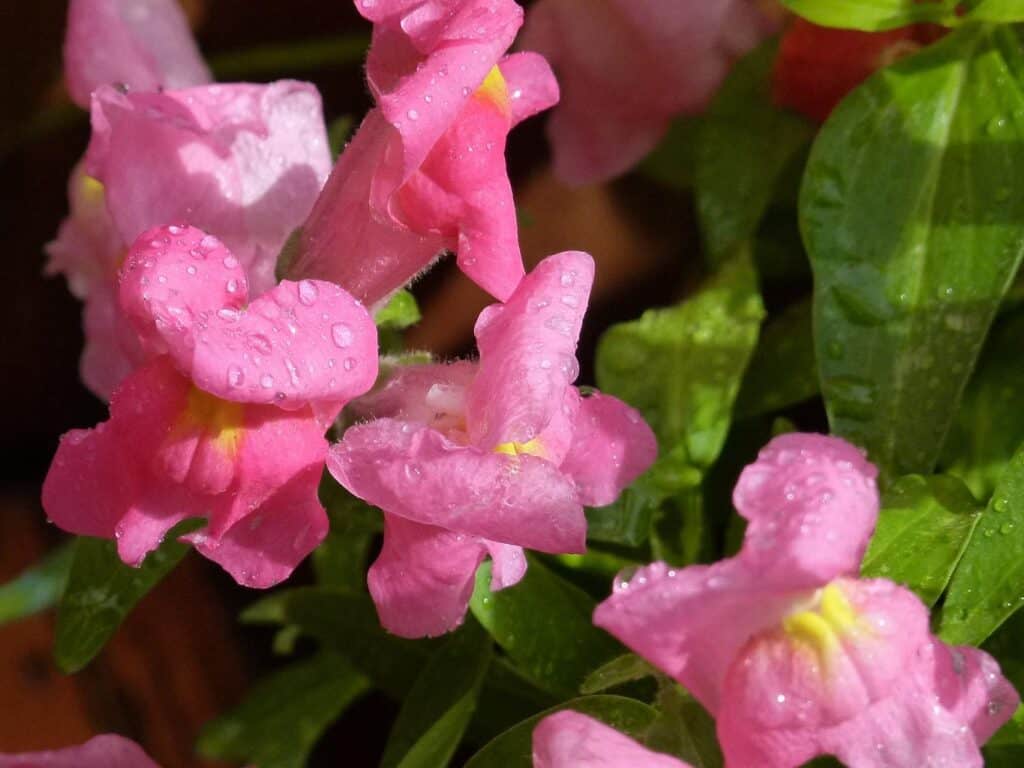
- Sunflowers
Sunflowers are a popular choice for planting in the garden. They are easy to grow and provide many blooms throughout the summer months. Sunflowers have been used by humans since ancient times. They were once considered sacred and were often used as offerings to the gods.

Tips For Growing Perennials
Not every perennial is the same, so you’ll need to research and think about which perennials are most suited for your garden. You’ll also need to consider where and when to plant your different perennials and establish a range of plants so that your garden is full of blooms at other times.
Ensure you prepare your soil before planting, guaranteeing it has good drainage, but use fertilizer sparingly. Make sure you pot your bare-root perennials as soon as possible. Be patient, and let your new planting times settle while keeping your eye out for weeds.
In the longer term, cut back deadheads and be prepared to divide and replant (or share) your perennial plants every 3 to 6 years. Also, be aware that some perennials can become quite invasive, so keep an eye out for fugitives from your garden bed.
And finally, don’t worry if some of your plants die. Not all of your choices will be perfect. Dig them up, and start afresh with something different.
What we love from Amazon this week
Buy these wonderful flowers directly from Amazon:


